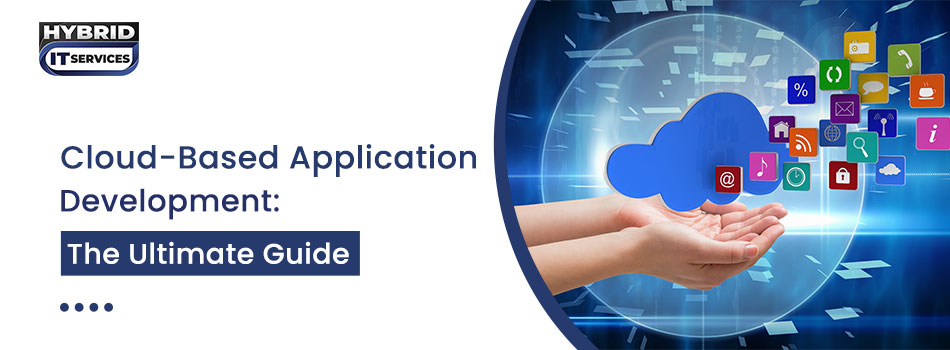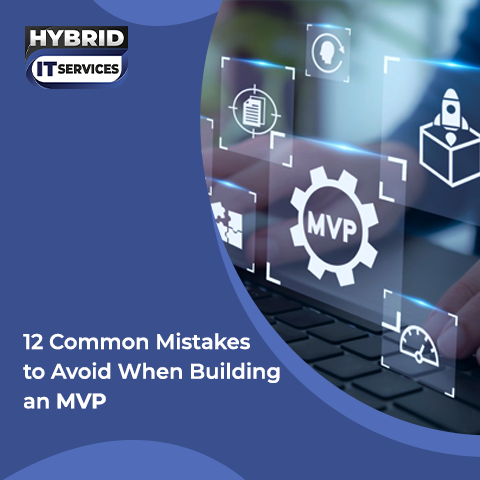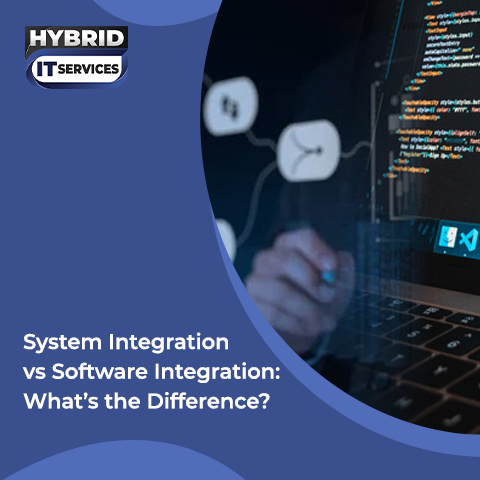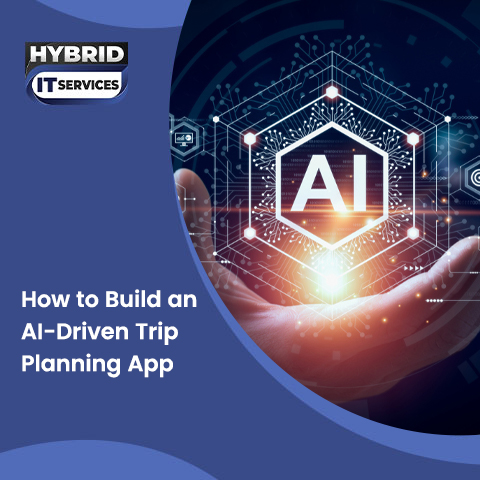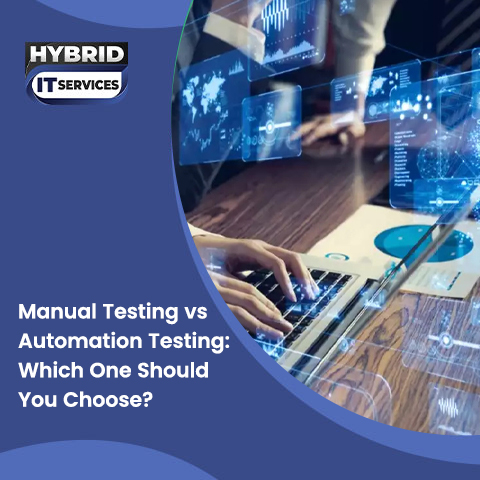In today's digital era, cloud-based application development has become a cornerstone for businesses looking to leverage the power of the internet to deliver scalable, accessible, and efficient services. The cloud offers a plethora of advantages, from cost savings and flexibility to enhanced collaboration and data security.
This comprehensive guide at Hybrid IT Services will walk you through the essentials of cloud application development, offering insights into strategies, considerations, and best practices to ensure your cloud-based app meets both your business needs and user expectations.
Understanding Cloud Application Development
Cloud application development involves creating applications that run on cloud infrastructure. Unlike traditional applications that run on local servers or personal computers, cloud applications use resources from cloud providers like Amazon Web Services (AWS), Google Cloud Platform (GCP), and Microsoft Azure. These applications can be accessed via the internet, offering users the convenience of using the software from anywhere with an internet connection.
Cloud application development can be broken down into three main categories.
- Software as a Service (SaaS) involves applications hosted and managed by a third-party provider, accessible via the internet.
- Platform as a Service (PaaS) provides a platform allowing customers to develop, run, and manage applications without dealing with the infrastructure.
- Infrastructure as a Service (IaaS) provides virtualized computing resources over the internet.
Exploring Web Application Development
Cloud application development is the process of creating application programs that reside on remote servers and are delivered to the user’s device over the internet. Web applications are platform-independent, meaning they can run on any device with a web browser. They are developed using web technologies such as HTML, CSS, JavaScript, and server-side languages like Python, Ruby, PHP, or Java.
In addition, loud based application development offers several advantages. Accessibility allows users to access the app from any device with internet connectivity. Maintenance is easier since updates and management are centralized on the server. Scalability allows web applications to handle increasing numbers of users and transactions by adding more resources to the server.
Key Components of Cloud Applications
Creating a customized software development involves several key elements. Scalability is crucial, as cloud apps must handle growing amounts of work by adding resources (scaling up) or spreading the load (scaling out). Security is vital for ensuring data privacy and protection, especially when dealing with sensitive information.
Reliability means that applications must provide consistent performance and uptime. Flexibility is essential for integrating with other systems and adapting to changing requirements. Cost-efficiency involves optimizing resource use to minimize costs while maximizing performance.
Strategies and Considerations for Cloud-Based App Development
Developing a cloud-based app requires a strategic approach. Here are key strategies and considerations to keep in mind.
Identifying Your Target Audience
Knowing who your users are is crucial. This involves market research to identify user needs, preferences, and pain points. Creating detailed user personas helps guide design and functionality by providing a clear picture of typical users. Establishing feedback loops allows you to continuously gather user feedback to refine and improve the application.
Setting the Right Price
Market analysis helps you understand how competitors’ price their products. Defining your value proposition is essential for pricing based on the perceived value of your app to the users. Choosing the right pricing model, whether it’s subscription-based, freemium, pay-per-use, or tiered, is critical for aligning with user expectations and business goals.
Ensuring Software Scalability
Ensuring that your app can handle growth is paramount. Horizontal scaling involves adding more instances to distribute the load, while vertical scaling adds more power (CPU, RAM) to existing instances. Implementing auto-scaling ensures that resources are automatically adjusted based on demand, maintaining performance and user experience.
Aligning Technology with Business Objectives
Aligning technical decisions with your business goals is essential for success. Choosing the right technology stack supports your business objectives and ensures compatibility with existing systems. Designing a scalable, maintainable, and high-performing architecture is critical. Adopting agile or DevOps practices promotes flexibility and continuous improvement, enabling your team to respond to changing requirements efficiently.
Maintaining Downtime
Ensuring high availability and minimal downtime is critical for user satisfaction. Implementing redundant systems ensures that backups can take over in case of failures. Load balancing distributes traffic across multiple servers to prevent any single server from being overwhelmed. Continuous monitoring helps detect and resolve issues quickly, maintaining service reliability.
Building Your Development Team
Having the right team is essential for successful cloud application development. Developers with experience in cloud technologies and your specific tech stack bring invaluable expertise. Team members who can collaborate effectively with other departments enhance the development process. Encouraging continuous learning ensures that your developers stay updated with the latest trends and technologies, fostering innovation.
Prioritizing Security
Security should be a top priority in cloud computing application development. Data encryption protects data at rest and in transit, ensuring confidentiality. Implementing robust access controls with strong authentication and authorization mechanisms safeguards against unauthorized access. Ensuring compliance with relevant regulations and standards, such as GDPR and HIPAA, is essential for protecting user data and avoiding legal issues.
Choose Hybrid IT services for Cloud Based Application
Choosing hybrid IT services for cloud-based application development offers a balanced approach, integrating both on-premises infrastructure and cloud resources. This model allows businesses to optimize their IT environments by leveraging the flexibility and scalability of the cloud while maintaining control over critical data and applications on local servers.
We provide:
- Seamless Data Flow
- High Availability and Performance
- Enhanced Operational Efficiency
- Robust Framework for Disaster Recovery
- Suitable Farmwork for Business Continuity
- Ideal for IT Modernization
Conclusion
Cloud based application development is a dynamic and essential field that offers numerous benefits to businesses and users alike. By understanding the fundamentals of cloud applications, embracing strategic planning, and prioritizing scalability, security, and user needs, you can develop robust and efficient cloud applications. Whether you're developing a SaaS product or any other type of cloud app, these insights will help you navigate.

